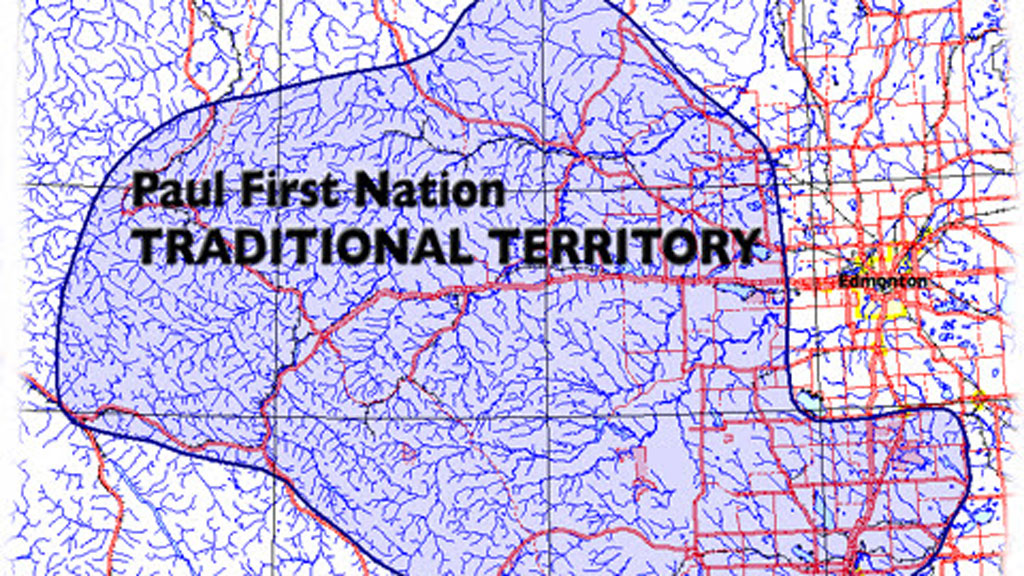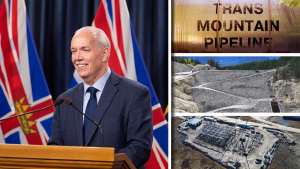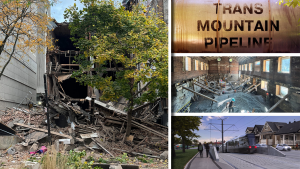The Building Trades of Alberta (BTA) is looking to connect Indigenous youth with career training opportunities in the trades closer to their homes in a new pilot project.
Lyle Daniels, community and Indigenous director for the BTA, explained not only is it good for the construction industry, but it could help fight depression, unemployment, suicide and substance use issues that are impacting many First Nations youth on reserves.
Daniels is from George Gordon First Nation near Punnichy, Sask. He experienced firsthand the difficulties young Indigenous people face.
“I understand my Indigenous community and the problems our young people face because I was one of them,” said Daniels. “My mother went to a residential school and my father drank himself to death by the time he was 43. I understand the hardships that our young people go through. And It’s my responsibility to provide that experience of life to those young people.”
Before his recent start at the BTA he spent 11 years doing similar work for the Saskatchewan Building Trades. Daniels had planned to start his role in Alberta several years ago, but that as well as the BTA’s A Path Forward campaign were disrupted by the COVID-19 pandemic.
“A Path Forward basically centered around helping young people develop a career path around something,” said Daniels. “COVID just really messed everything up.”
Daniels wanted to hit the ground running last fall and try to get some quick wins. He soon discovered the Paul First Nation is surrounded by several power plants that had yet to fully take advantage of nearby Indigenous workers.
BTA partnered with PCL to help organize, catalogue and store the wealth of training equipment the band had at Wihnemne School’s industrial shop. The BTA now plans to host a 10-week, on-reserve skilled trades training pilot program at the shop starting Jan. 10.
In conjunction with The Educational Partnership Foundation (TEPF), the program will see seven trades bring experienced trainers to the school to work with Indigenous junior high students in the morning and high school students in the afternoon.
Daniels noted he also wants the training to be open to recent high school graduates on the reserve.
The seven trades include electrician, carpenter, insulator, painter, sheet metal, pipefitter and ironworker.
When researching the pilot project, Daniels met with school officials who told him high school students are bussed off the reserve to a nearby town for classes. Some students began purposefully failing so they could go back to learning on the reserve.
“There was some constant disruption in the lives of these young people and in many cases they didn’t want to go,” said Daniels. “That is quite alarming. In many cases they are not getting the right education to prepare themselves to start and develop a career. It is stopped in its tracks. And when they aren’t doing anything there is an opportunity for a negative lifestyle. We wanted to change that.”
He added life on reserve presents few opportunities and many young people have already experienced a great deal of hardship. He hopes on-reserve training programs and nearby jobs will help keep youth connected to their Indigenous community while also developing careers.
Daniels noted Alberta has 51 First Nations communities and he sees tremendous opportunity to replicate on-reserve training programs at many of them.
“It’s not only about helping them develop a path forward, but also about instilling pride in who they are as Indigenous people,” said Daniels. “That starts with ensuring they have as their backbone the culture, traditions and ceremonies that help them understand who they are and be proud of that. That needs to happen first. When that happens, they are able to do whatever they want.”
Follow the author on Twitter .











Recent Comments
comments for this post are closed